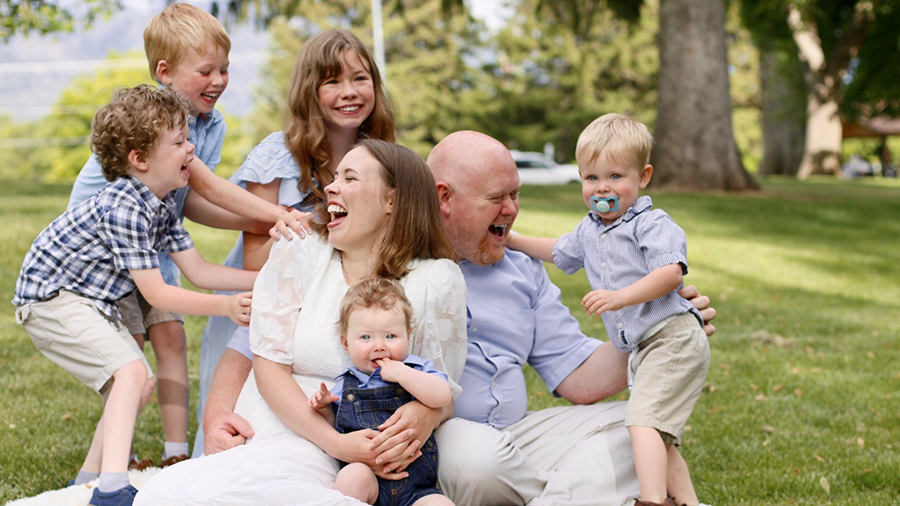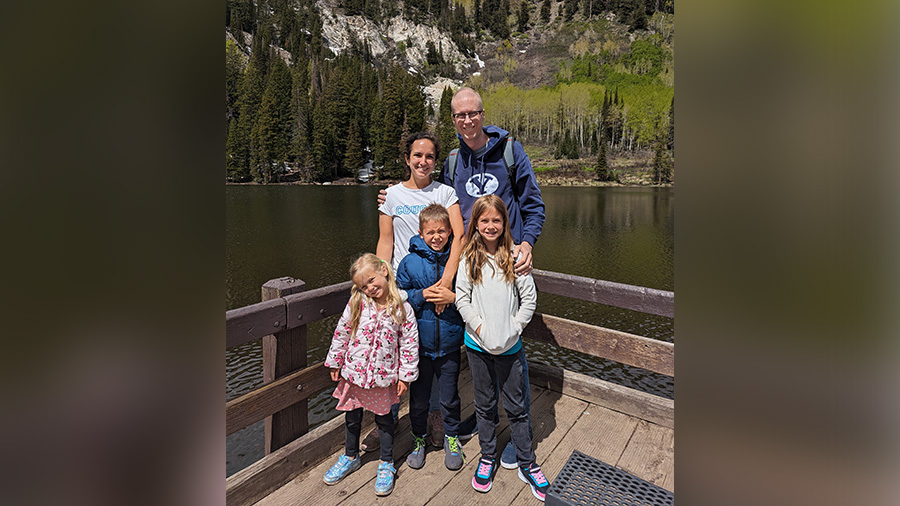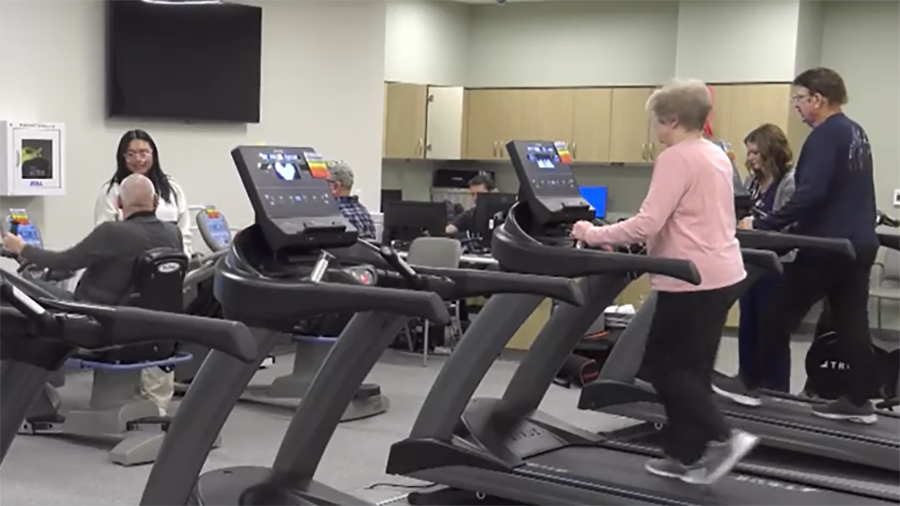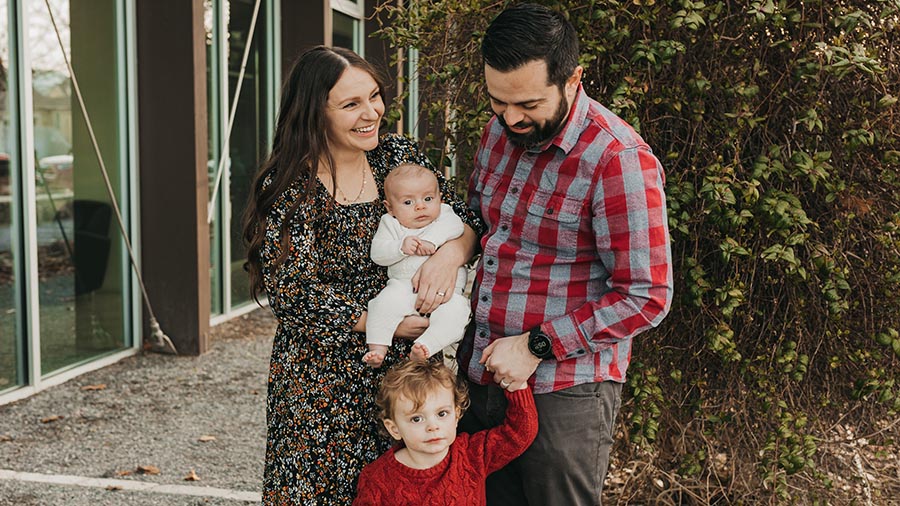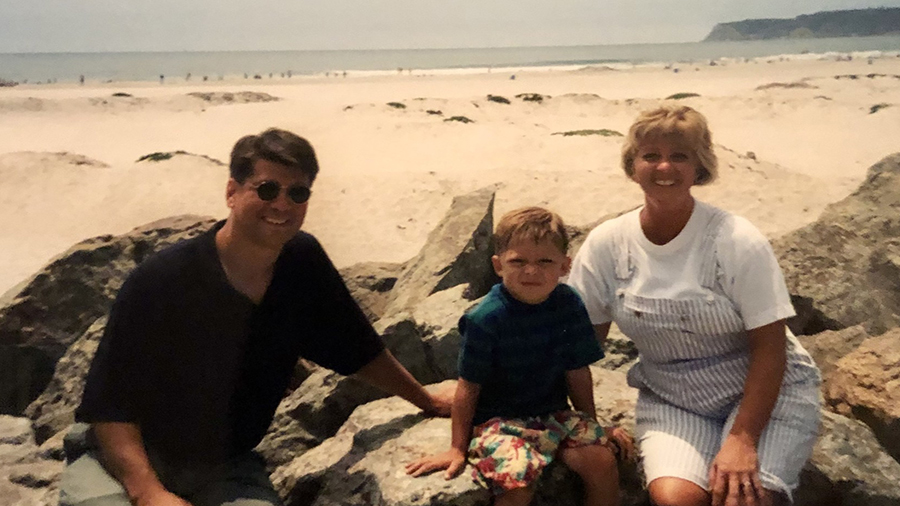New brain implant technology is life changing for Epilepsy patient
Mar 22, 2018, 6:01 PM | Updated: Mar 27, 2018, 1:00 am
SALT LAKE CITY — With one glance, you would never guess what Aimee Buckley, 25, of Pocatello, Idaho, has been through.
She was diagnosed with epilepsy when she was 8 years old. Seizures became her routine.
“I’ve lived with them almost my entire life,” Buckley said.
Her father, Lynn Buckley, said it was tough.
“There literally was one year where she hardly got out of bed,” he said.
Buckley had to make many sacrifices. She could no longer drive and had to rely on friends for rides instead.
“At my age, most people take that for granted,” Aimee Buckley said. But it was her reality.
Her father said she would always get out of bed and go to school even if she did not feel well. Aimee Buckley seized many times during class at school, but she said it was “no big deal.” She would usually stay at school afterward.
“It was hopeless,” Lynn Buckley said. “People who see people having a seizure — there’s nothing you can do.”
She tried every treatment her doctors offered, but nothing worked. Unfortunately, the medications she tried made her sick.
At age 14, Aimee Buckley underwent resective brain surgery removing part of her brain tissue, but to no avail. Finally, Intermoutain Healthcare’s Dr. Tawnya Constantino at Intermountain Medical Center offered Aimee Buckley a new treatment called RNS, or responsive neurostimulation. In 2016, a neurosurgeon implanted the device into her skull.
“When the device detects that seizures are starting, it actually administers a stimulation to that electrode in an attempt to stop the seizures from developing,” Constantino said.
Constantino said the NeuroPace option seemed like a good fit for Buckley because Dr. Constantino had already identified the general location causing Buckley’s seizures, making it easier to prevent further seizure activity.
“They don’t feel it going off. They don’t hardly know it’s there,” Constantino said.
Since then, Buckley is proud to say she has almost been seizure free. She had a couple minor seizures she was not aware of but were recorded on her device.
“They kept telling us that someday there would be a cure — something might work,” Lynn Buckley said.
Today, Aimee Buckley is able to drive again and works as an elementary school teaching aide.
“To be able to have a treatment option that can give people their life back —that’s the best case scenario for as an epileptologist,” Constantino said.
“People have noticed a change in me,” Aimee Buckley said. “All my friends are saying I look so much better.”
Her friends tell her they don’t know how she stays so positive. Lynn Buckley also said she looks happier and is more mentally awake.
Aimee Buckley will likely need to replace the battery pack on her RNS device through the prior incision in her head in a few years. In the meantime, she hopes to start college and land a full-time job.

